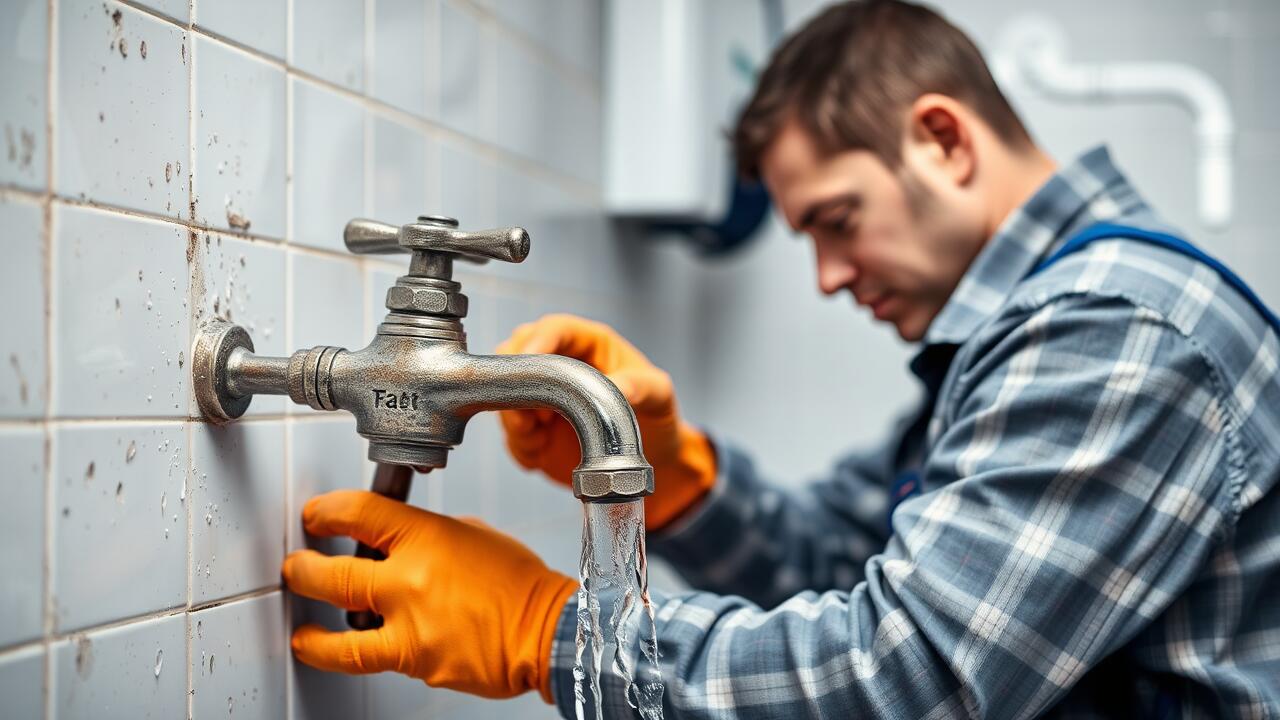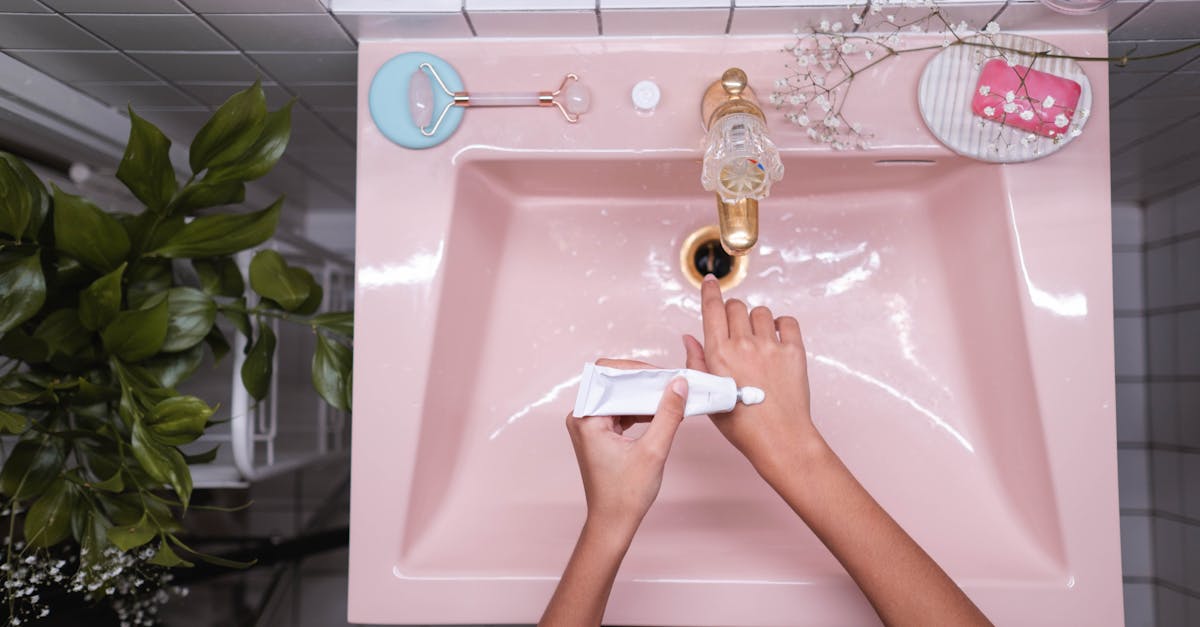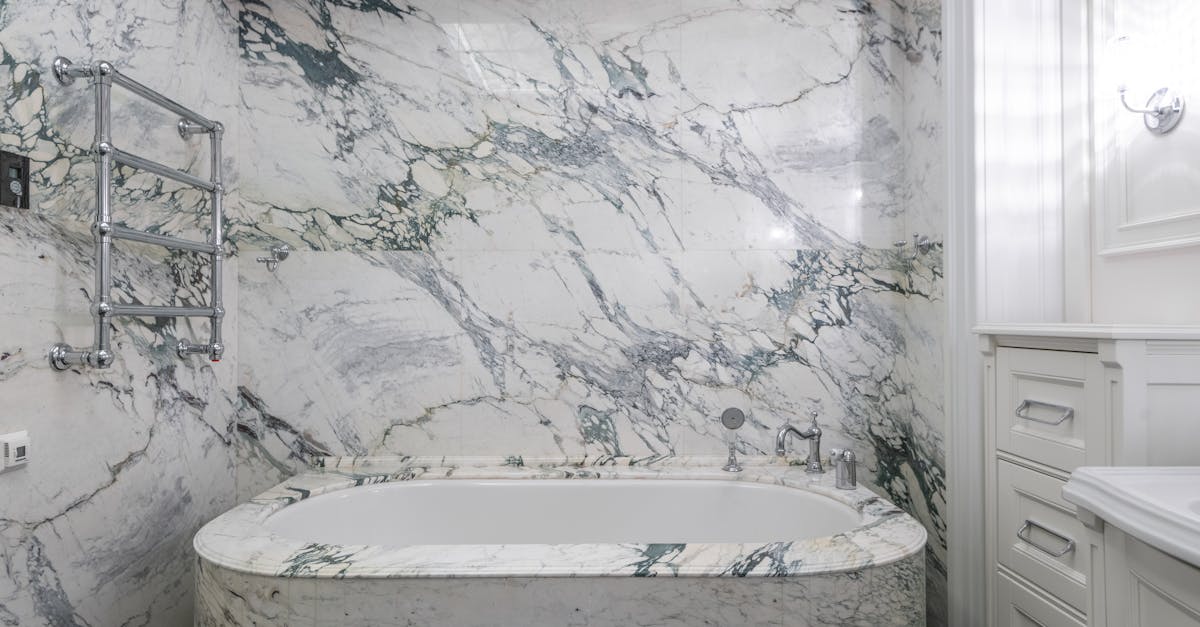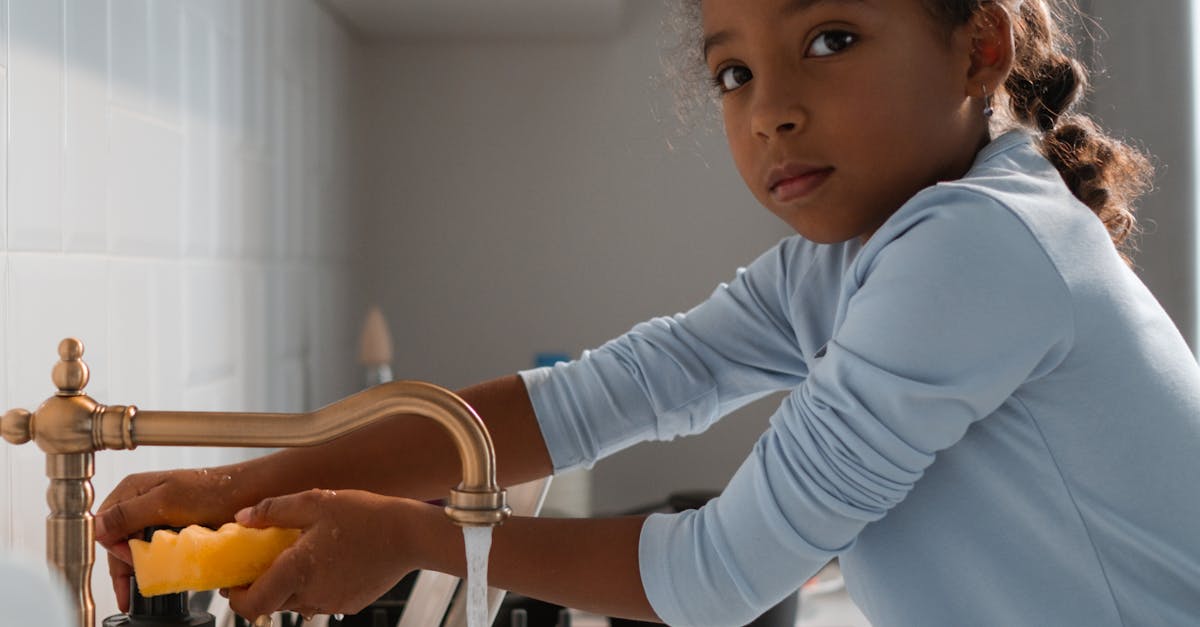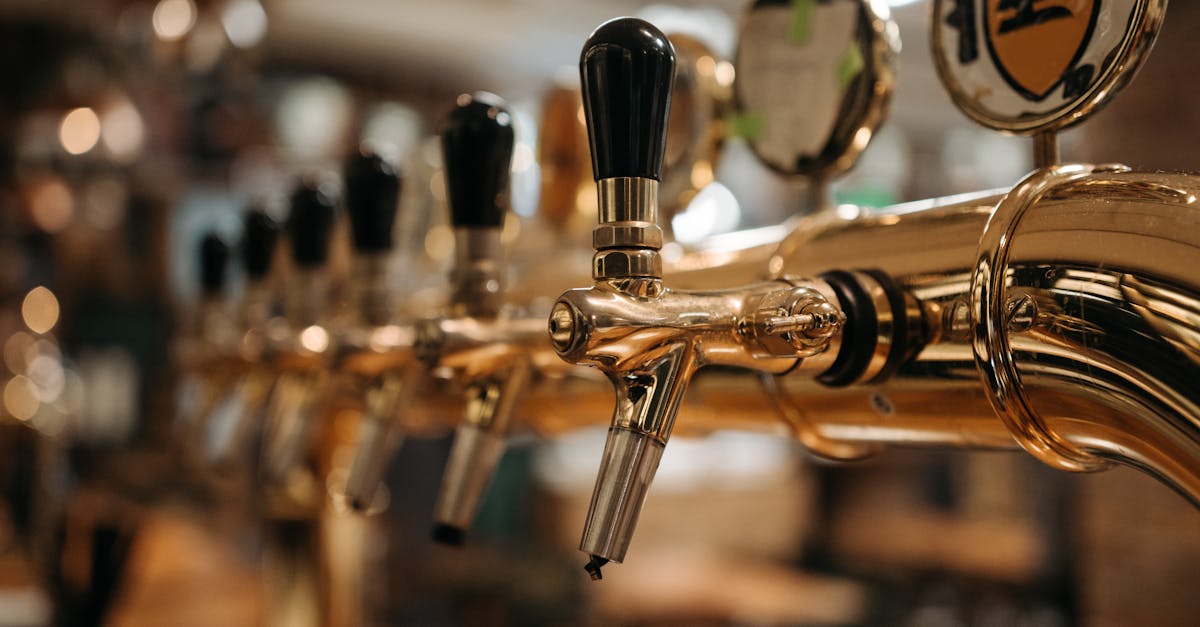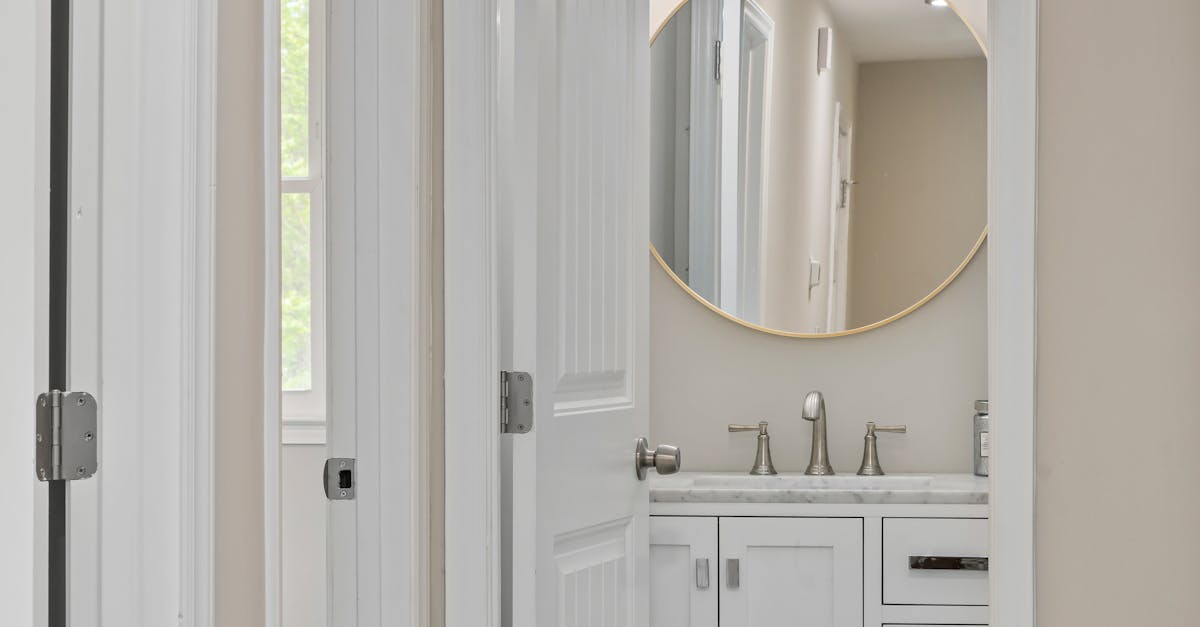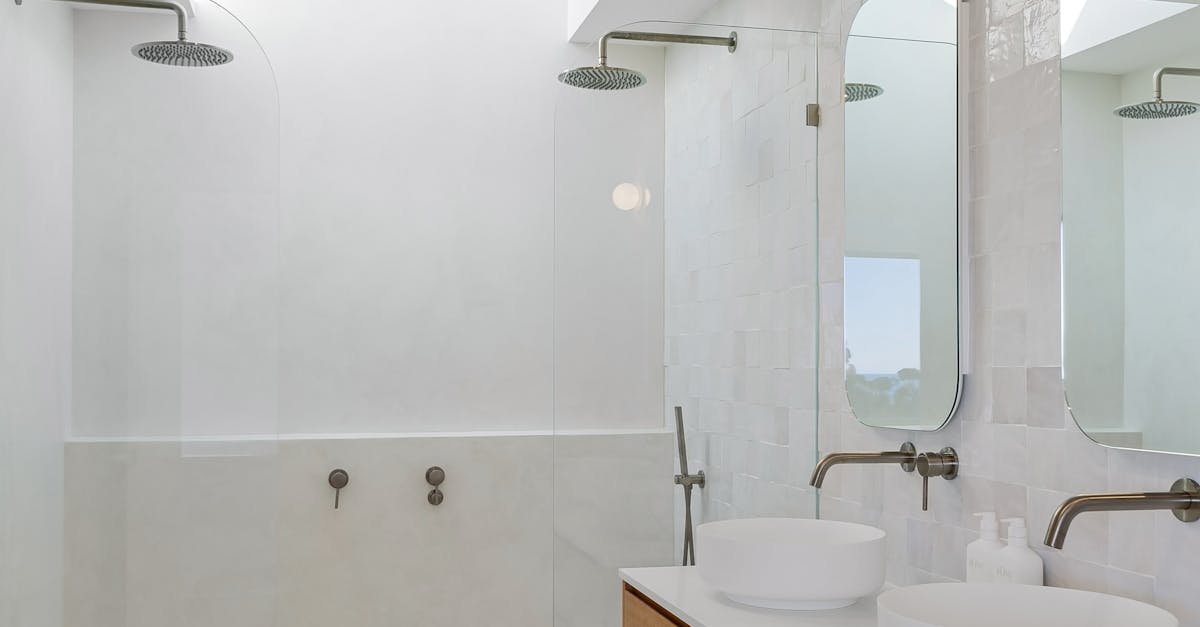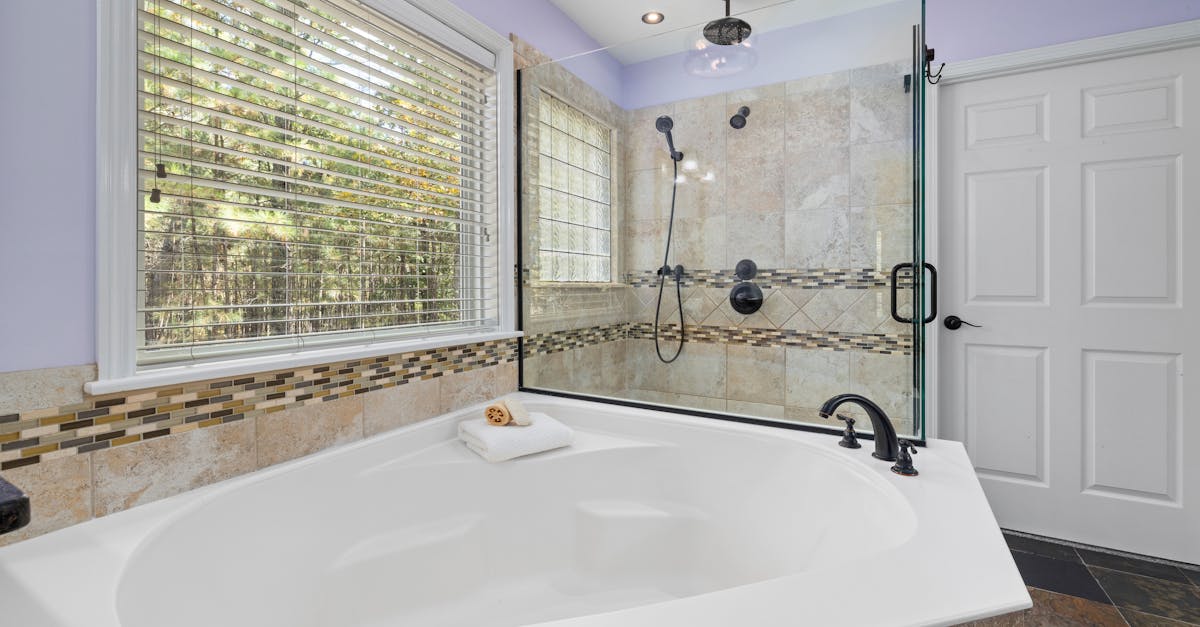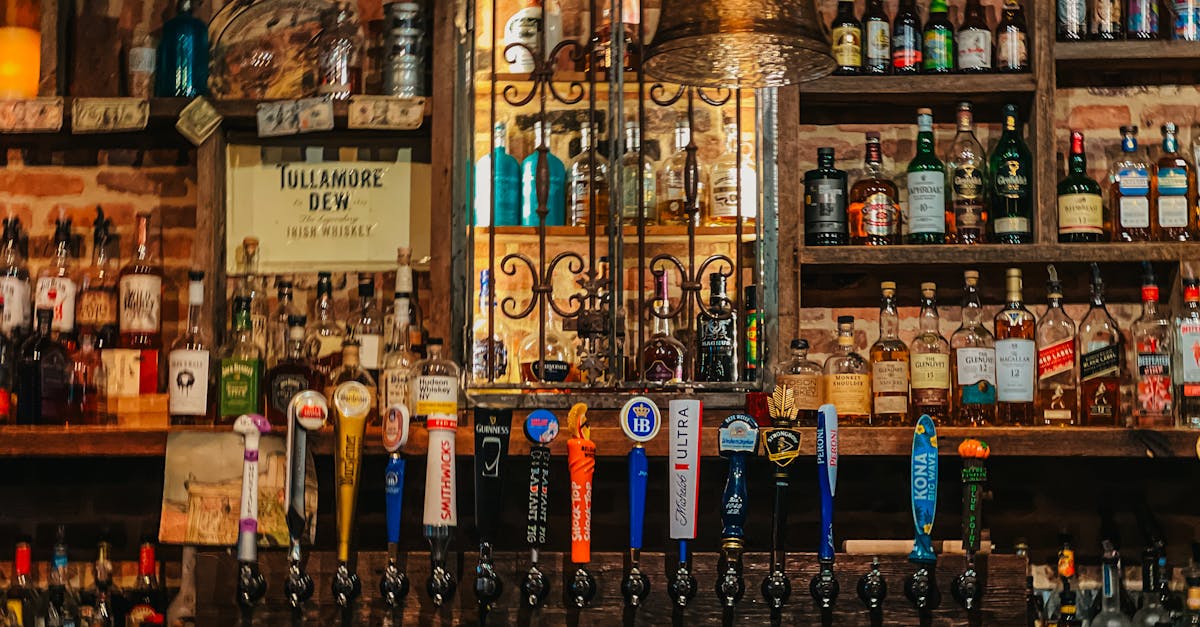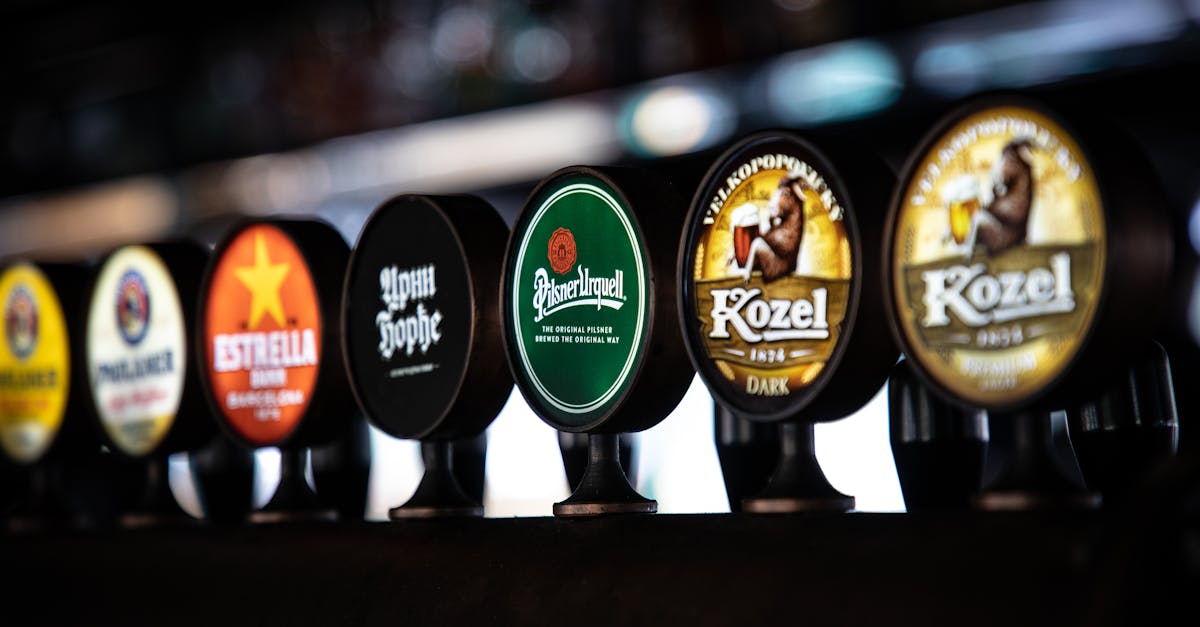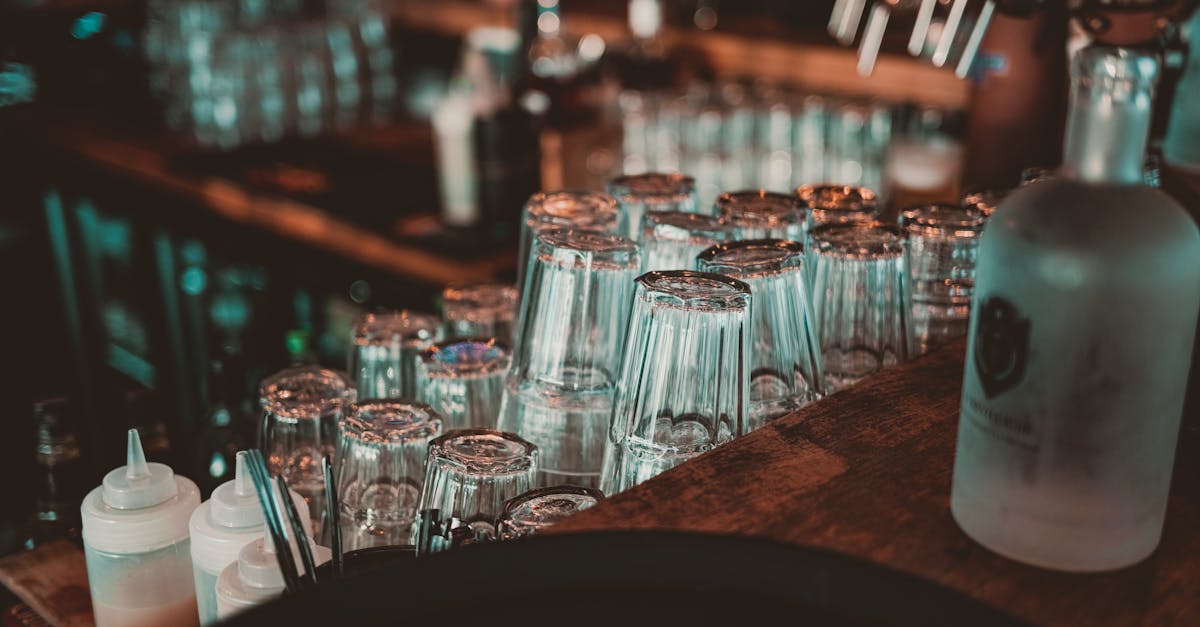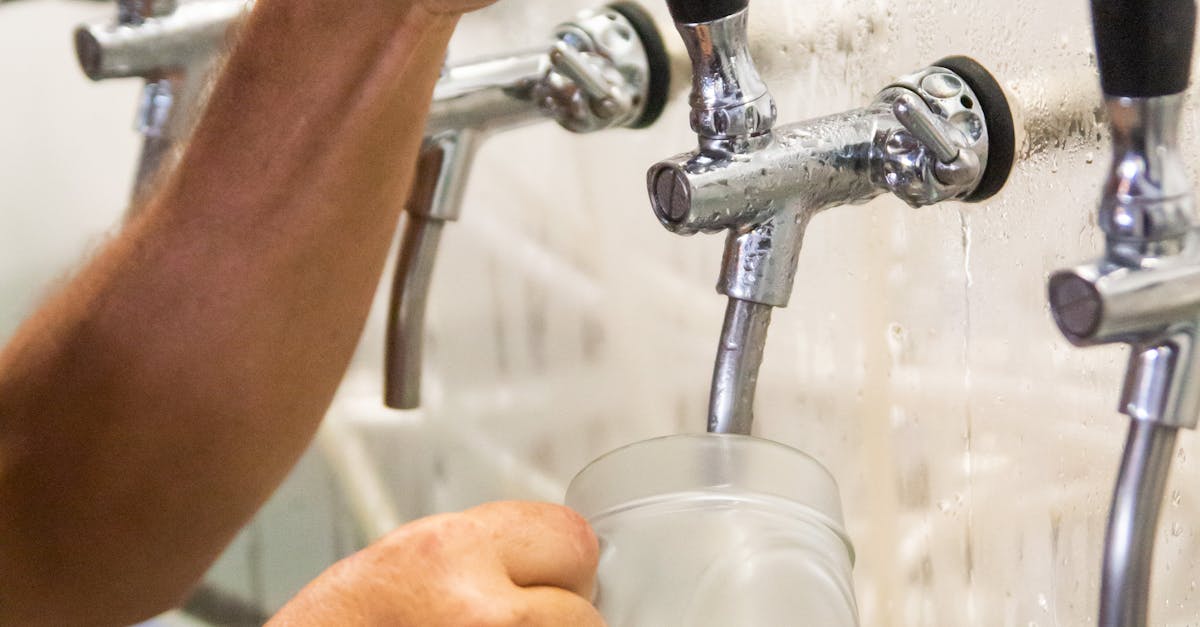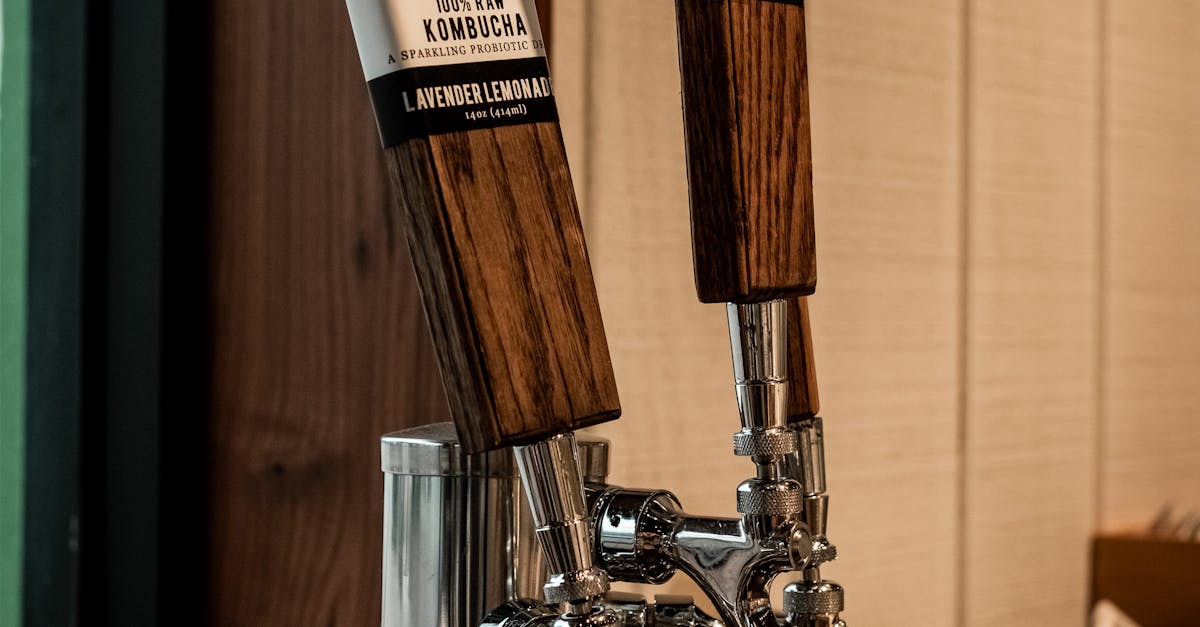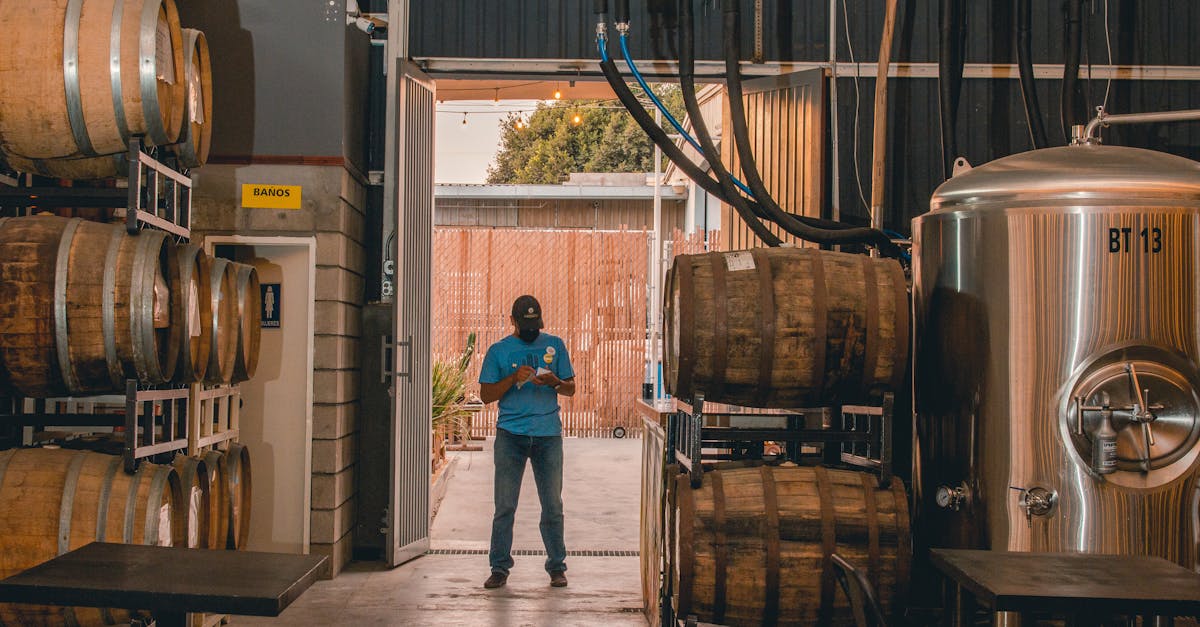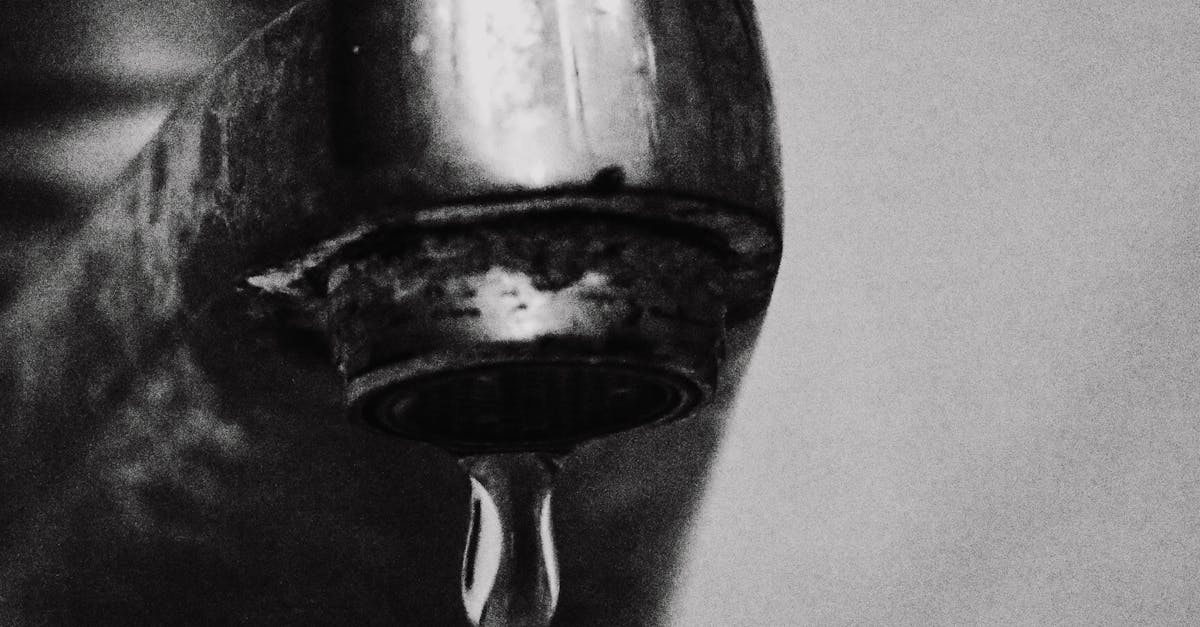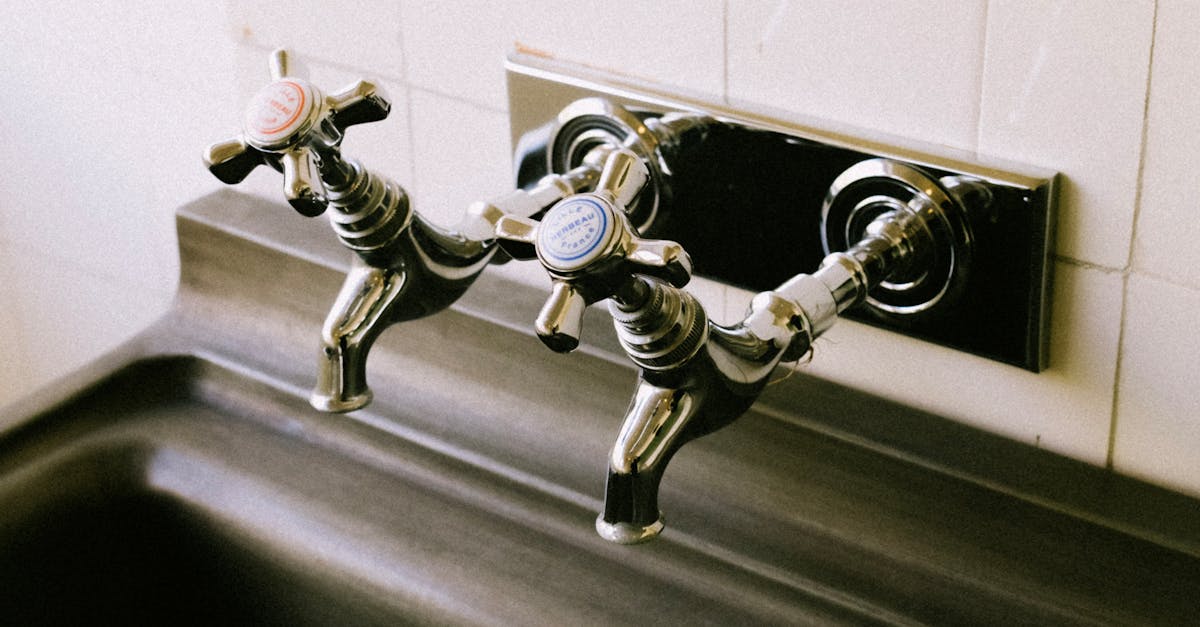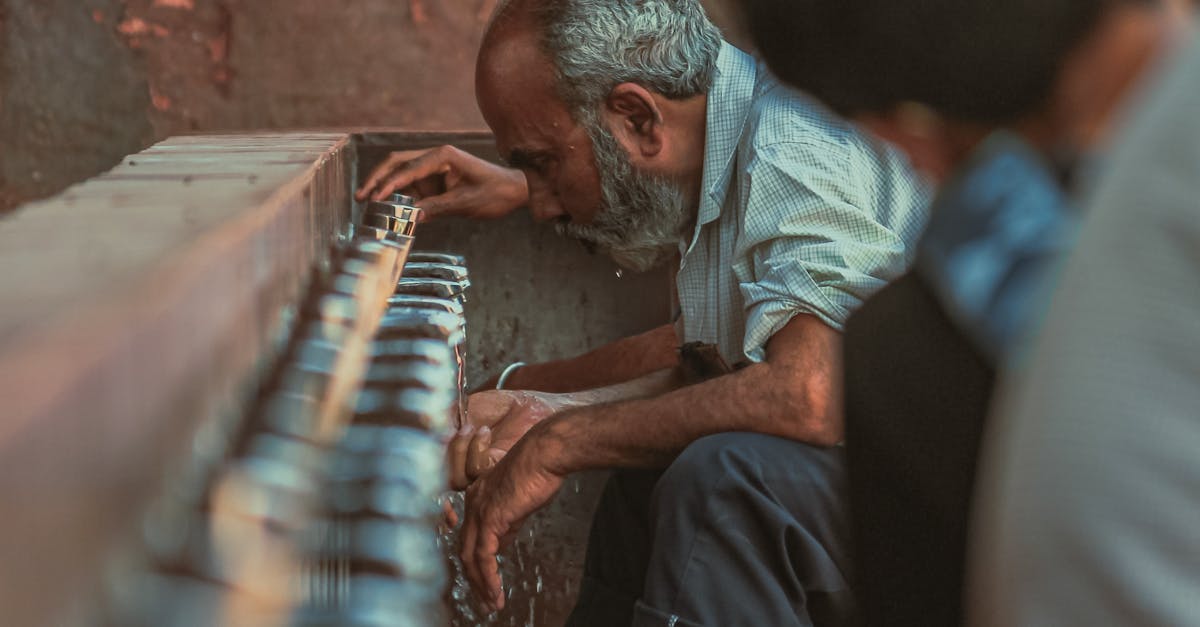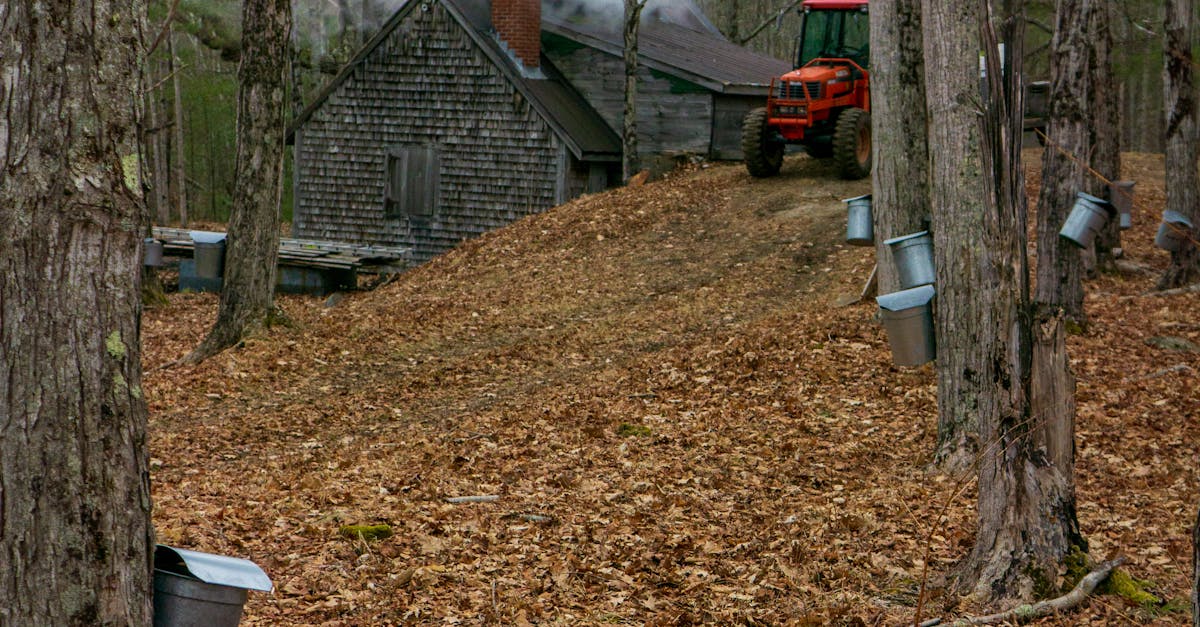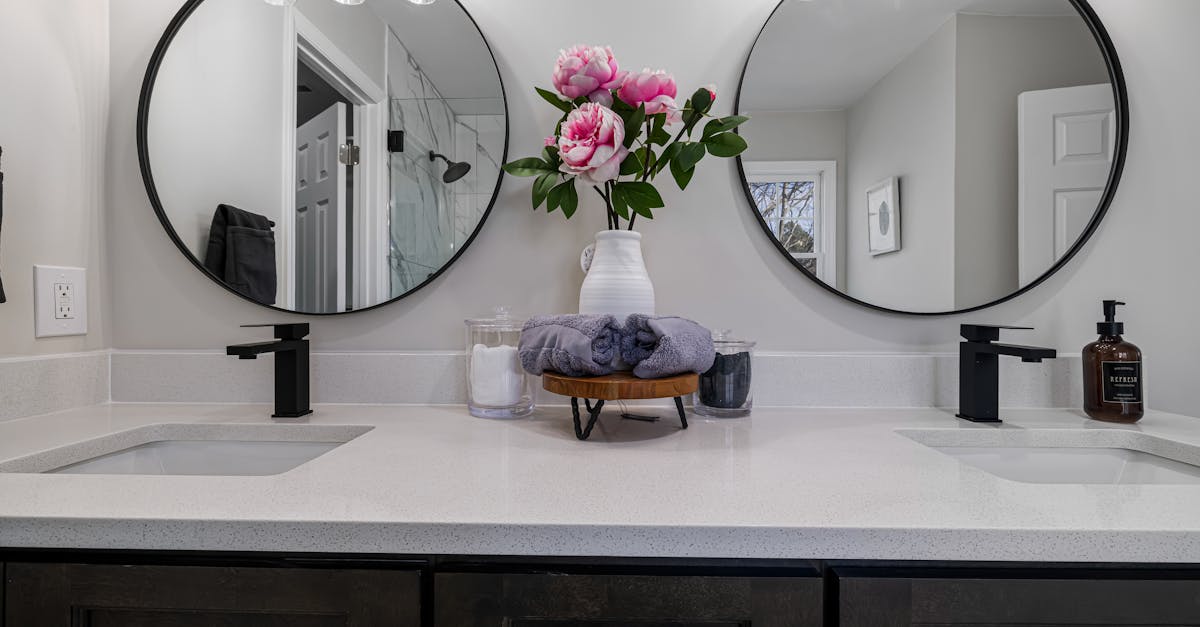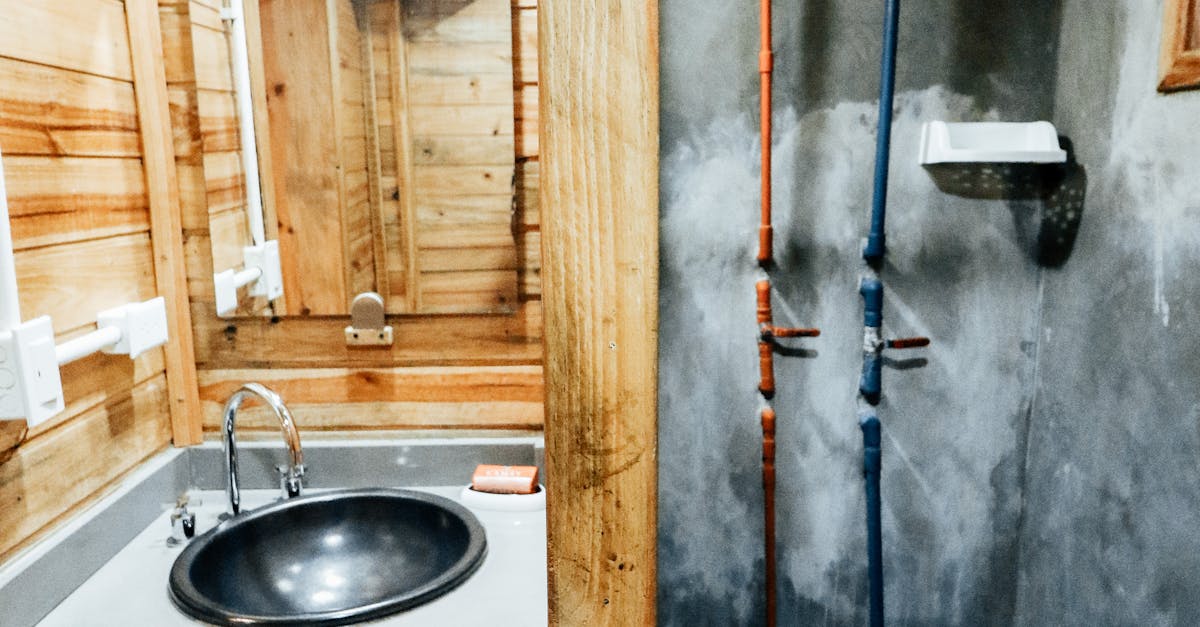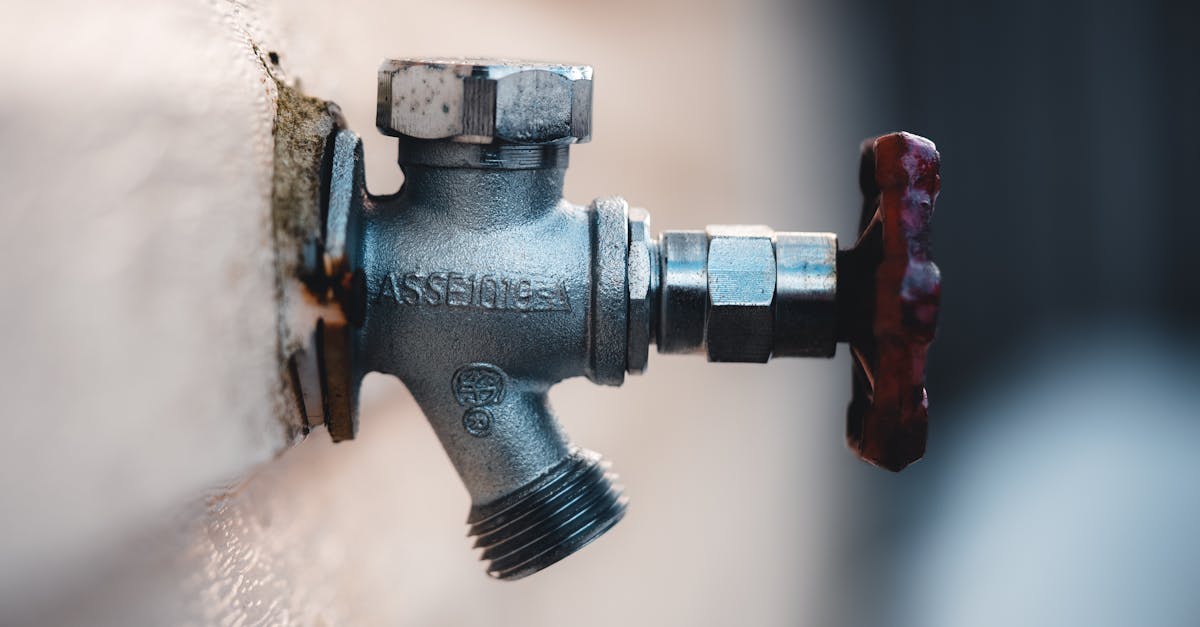
Table Of Contents
DIY Repair Techniques
Leaking taps can often be addressed with simple DIY repair techniques that require minimal tools and knowledge. One common approach is to inspect the tap for worn washers, which are often the culprit behind the leak. To begin the repair, turn off the water supply and use a wrench to unscrew the tap's handle. After exposing the internals, check the washer for any signs of damage or wear. If it appears compromised, replacing it may solve the issue.
Another effective method involves tightening the tap's components. Over time, fittings can loosen, leading to leaks. Carefully tightening the screws and nuts under the tap can help establish a better seal. If the leak persists despite these efforts, it might indicate a more complex problem. In such cases, although it's tempting to continue with DIY attempts, recognising when to seek professional help is vital to avoid further complications.
Using a Washer Replacement
One effective temporary solution for leaking taps is to replace the washer. Over time, washers can wear down and lose their ability to create a watertight seal. First, turn off the water supply and drain the tap. Disassemble the tap carefully to access the washer. Removing the old washer reveals whether it has flattened or cracked, which is often the case with leaking taps.
Once the old washer is out, select a new washer that matches the size and shape of the original. This step is crucial for ensuring proper sealing. Replace the old washer with the new one, reassemble the tap, and turn the water supply back on. Check for leaks after the replacement to confirm that the issue has been resolved. This straightforward method can provide relief from the annoyance of leaking taps while you plan for a more permanent repair.
When to Contact a Professional
It is essential to recognise when a leaking tap goes beyond simple DIY fixes and requires professional assistance. If the leak persists despite replacing washers or tightening fittings, this could indicate a deeper issue within the plumbing system. Damages like corrosion or severe wear can lead to more significant problems if left unaddressed, and a qualified plumber can diagnose the underlying cause effectively.
Signs that indicate you should contact a professional include water pooling around the tap base or noticeable changes in water pressure. Unusual noises, such as hissing or gurgling, might also signal significant plumbing concerns. Ignoring these symptoms can lead to costly repairs down the line, making it prudent to consult an expert when dealing with persistent leaking taps.
Signs That Indicate Major Issues
Leaking taps can often be a simple fix, but certain signs may indicate more significant plumbing issues that require professional attention. If you notice water pooling around the base of the tap or significant water damage on nearby surfaces, these could signal a problem beyond a mere washer replacement. Additionally, a consistent increase in your water bill without any noticeable change in usage should raise alarm bells. Such changes might suggest that water is escaping through unseen leaks, leading to potentially extensive damage.
Another sign to watch for includes a noticeable drop in water pressure. If the flow of water is weak or sporadic, this could be indicative of a blockage or another plumbing issue that needs to be addressed. Frequent leaks, even if they seem minor, can compound problems over time and lead to more serious consequences. Addressing these signs early can prevent more extensive damage and costly repairs down the line.
Preventing Future Leaks
Regular maintenance can significantly reduce the chances of leaking taps in your home. Periodically checking your fixtures for any signs of wear or damage helps to catch potential issues early. Cleaning aerators and showerheads prevents mineral build-up, which can create pressure that leads to leaks. Ensuring the tap handles are not overly tight can also extend their lifespan.
Water pressure is another crucial factor in preventing leaking taps. If your home's water pressure is too high, it may put undue strain on your plumbing system, causing leaks over time. Installing a pressure regulator can help maintain a safe level, protecting both your taps and the integrity of your plumbing. Regular inspections of your plumbing system can identify potential problems before they escalate, saving you from the hassle of repairs later.
Regular Maintenance Tips
Regular maintenance can significantly reduce the chances of experiencing leaking taps. At least once every six months, check for any signs of wear and tear around the fittings and connections. Inspect the area under the sink for water stains or dampness. Tightening loose fittings can often solve minor issues before they escalate into leaks. Additionally, cleaning aerators and removing any debris can improve water flow and prevent bacterial build-up, which affects tap performance.
Keep an eye on the water pressure in your home, as excessively high pressure can put undue stress on your plumbing fixtures. Installing a pressure-limiting valve can help maintain optimal pressure levels and protect against future leaks. Be attentive to changes in the sound of your taps; hissing or constant dripping can indicate emerging problems. Addressing these concerns promptly will save money and resources in the long run, ensuring that your taps function efficiently.
FAQS
What is a quick fix for a leaking tap?
A quick fix for a leaking tap is to tighten the tap handle or use plumber's tape on the threads to stop the dripping temporarily.
How can I identify the source of the leak?
To identify the source of the leak, check the tap body, the base, and the connections to ensure there are no visible cracks or loose fittings.
Are there any household items I can use to temporarily stop a leak?
Yes, you can use items like rubber bands or cloth tape to wrap around the tap to help manage minor leaks until a proper repair can be made.
When should I consider calling a plumber instead of DIY repairs?
You should consider calling a plumber if the leak is persistent, if you notice significant water damage, or if the tap is part of a larger plumbing issue.
How can I prevent my tap from leaking in the future?
Regular maintenance, including checking for wear and tear, cleaning aerators, and ensuring tight connections, can help prevent leaks from occurring in the future.
